Beyond buildings: the expanded vision of the 2019 Chicago Architecture Biennial
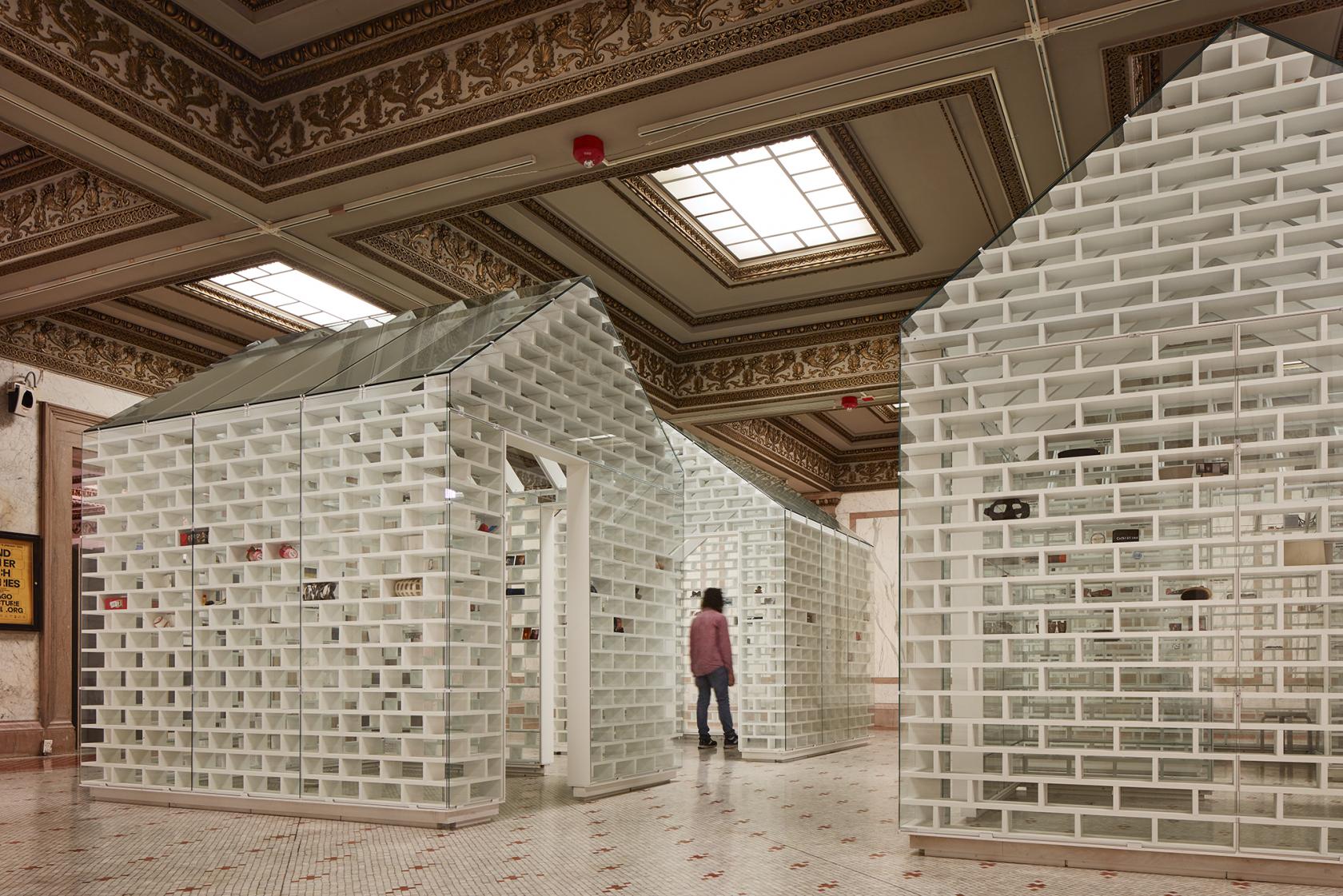
The title of this year’s Chicago Architecture Biennial (CAB) ‘…and other such stories', seems like a riposte to that of the previous installment, ‘Make New History'. In some ways it’s more than that – almost a riposte to architecture itself, to the degree that artistic director Yesomi Umolu felt compelled to note, at the opening panel in September, that she was ‘not against architecture'. Just the same, the show’s focus is definitely expanded, with its 80 plus contributors taking on pressing social issues like climate change, inequality and race.
A signal contribution is the Settler Colonial City Project and American Indian Center’s ‘Decolonizing the Chicago Cultural Center', a series of glass panels installed in various locations throughout the historic building that has been the Biennial’s primary venue since its 2015 debut. The placards bear messages about the history of the Center itself, pointing out for example that its exquisite Tiffany ceilings ‘legitimise the displacement… of Native Americans', owing to the glass company’s appropriation of Sioux and Navajo motifs.
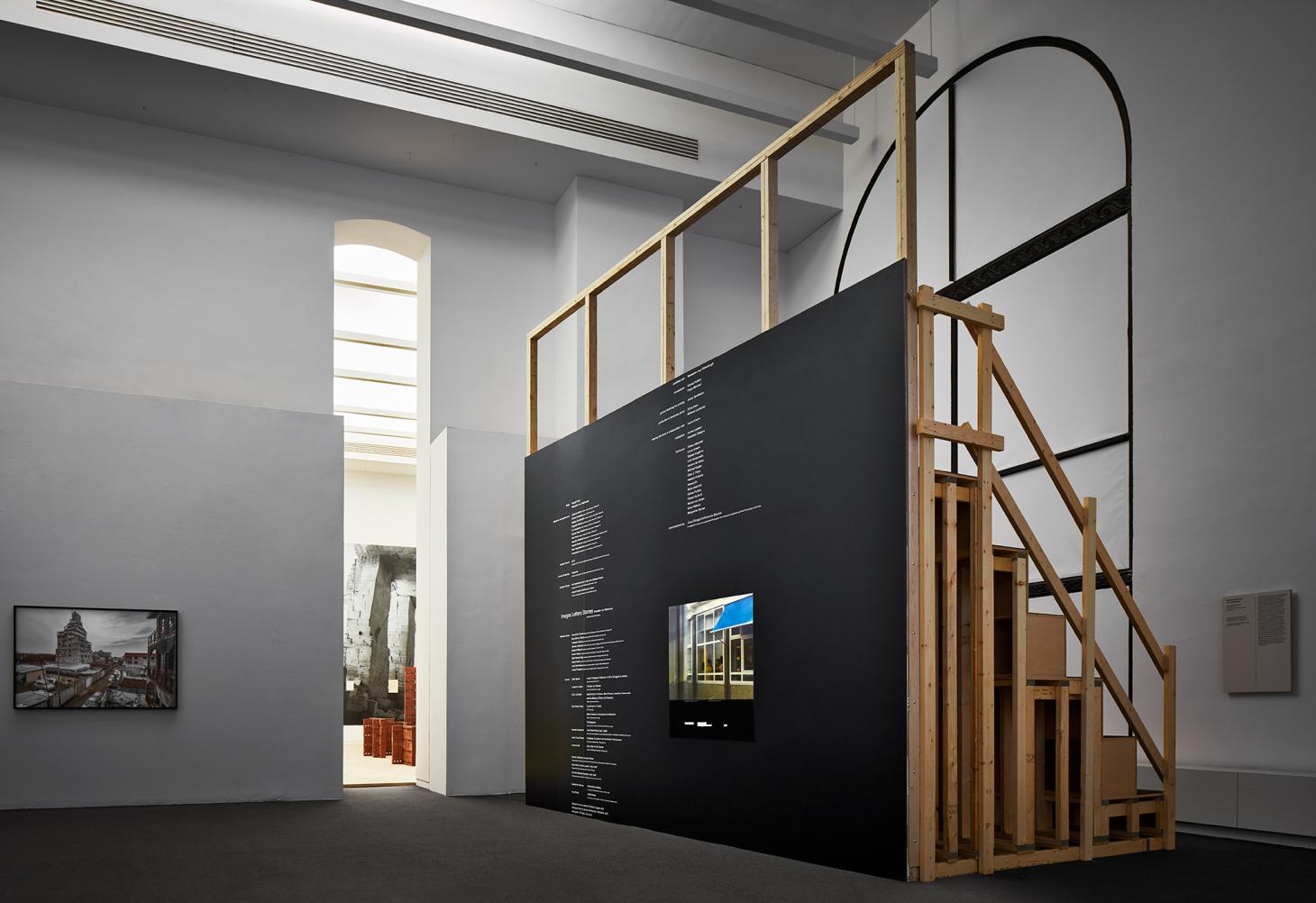
Likewise a contribution from Native American artist Santiago X, titled ‘Hayo Tikba (The Fire Inside)', which features a full-size hut-like dwelling topped by a digitally-projected flame. According to the artist’s statement, the piece ‘alludes to loss and renewal [and] indigenous people’s resilience', though as with the text panels it seems less an allusion than a direct indexical gesture – a pointed reminder, in case anyone had forgotten, of the way the West was won.
If the show wears its didacticism very much on its sleeve, there are still instances where its lessons are conveyed via original architectural expression. ‘I think of it as like making space for conversation', says Oscar Tuazon: the artist’s ‘Great Lakes Water School' is a simple modular-ish construction that serves as a mobile, adaptable learning and event space aimed at starting community dialogues around local ecology.
RELATED STORY

Only steps away is another full-size structure, ‘Re-Rooting + Redux': a project of Chicago-based advocacy-and-design group the Sweetwater Foundation, the piece a simple assemblage of wood and bolts of a type that its creators are actually building to help serve under-privileged arounds around the city. According to the Sweetwater Foundation’s Emmanuel Pratt, the team’s strategy is akin to ‘urban acupuncture'.
An expanded vision of the practice of architecture seems like a noble goal – though this CAB is often most effective when it puts buildings front and centre
As in CAB’s past, this year’s edition also included events and presentations outside the confines of the Cultural Center. One such locale was the now-decommissioned Overton Elementary School on the city’s South Side, a stunning 1962 modernist design from architects Perkins + Will whose ghostly halls were filled with the eerie bumps and clangs of Zorka Wollny’s sound work ‘Overtone Hive'. A few miles away, at the site of what is planned to be the future National Public Housing Museum, South Africa’s Keleketla! Library and a group of collaborators debuted another sound piece, ‘Listed', a self-generating work created by the record voices of the visitors themselves as they clamber across a wooden gangway beside an eerily-abandoned housing project.
Whether onsite or off, the commitment to what co-curator Paulo Tavares called ‘an expanded vision of the practice of architecture' seems like a noble goal – though this CAB is often most effective when it puts buildings front and centre. MASS Design Group’s National Gun Violence Memorial, a simple assemblage of gabled glass boxes containing personal memorabilia from shooting victims, seems like the kind of project that really could start a movement. Sometimes architects just have to do architecture.
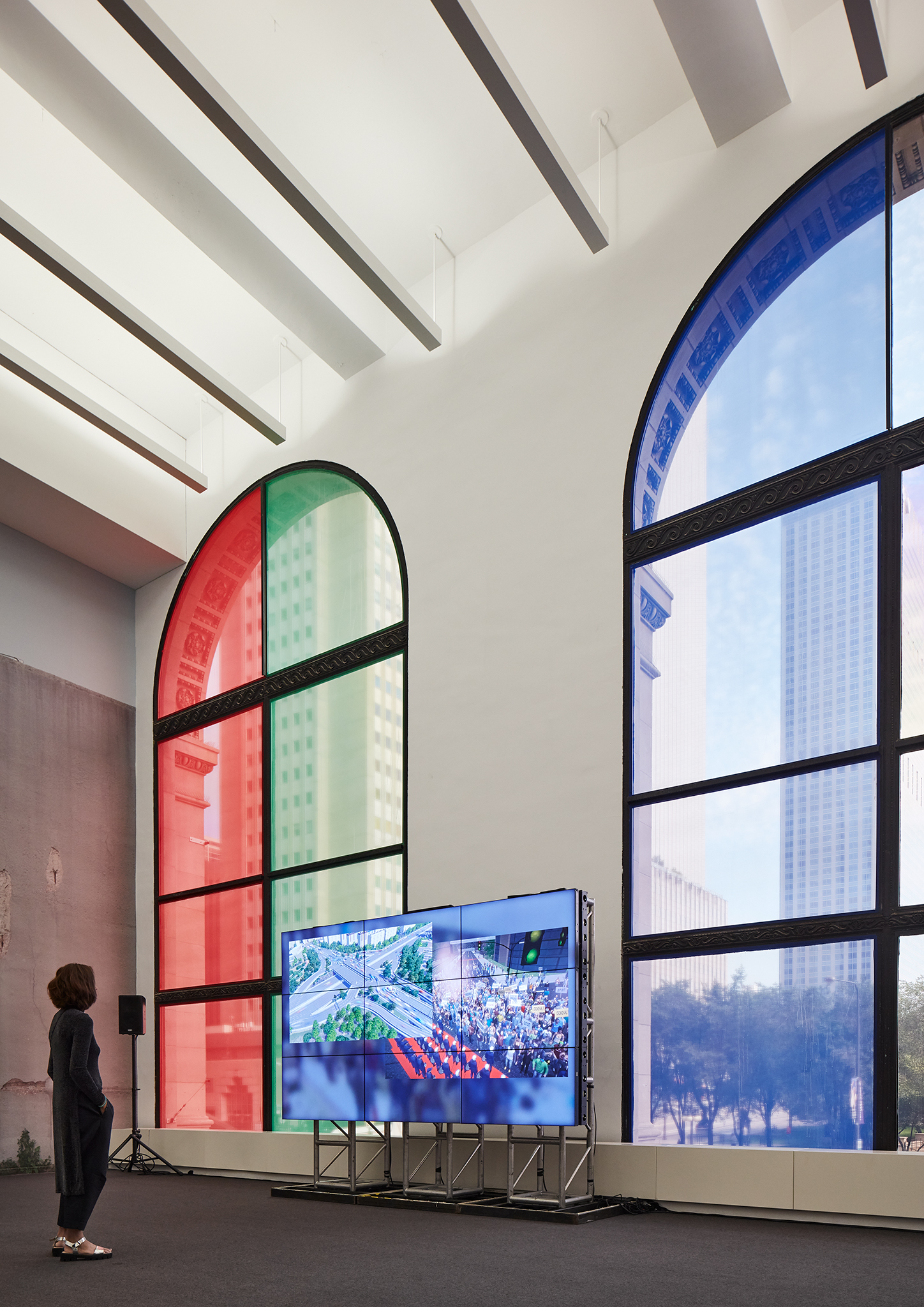
‘Transformation Scenario,' by Clemens Von Wedemeyer
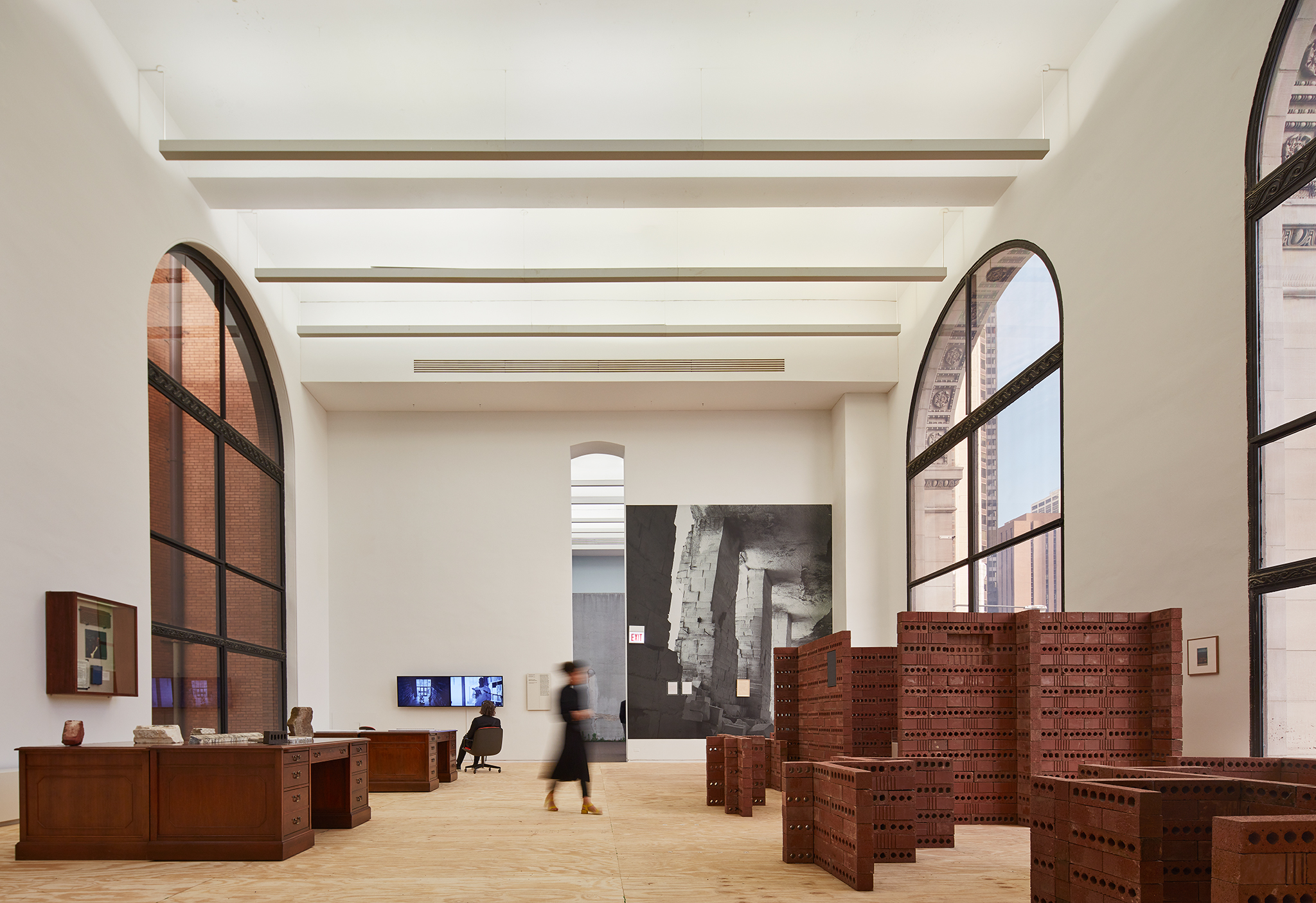
‘Landed: Gates et al.’
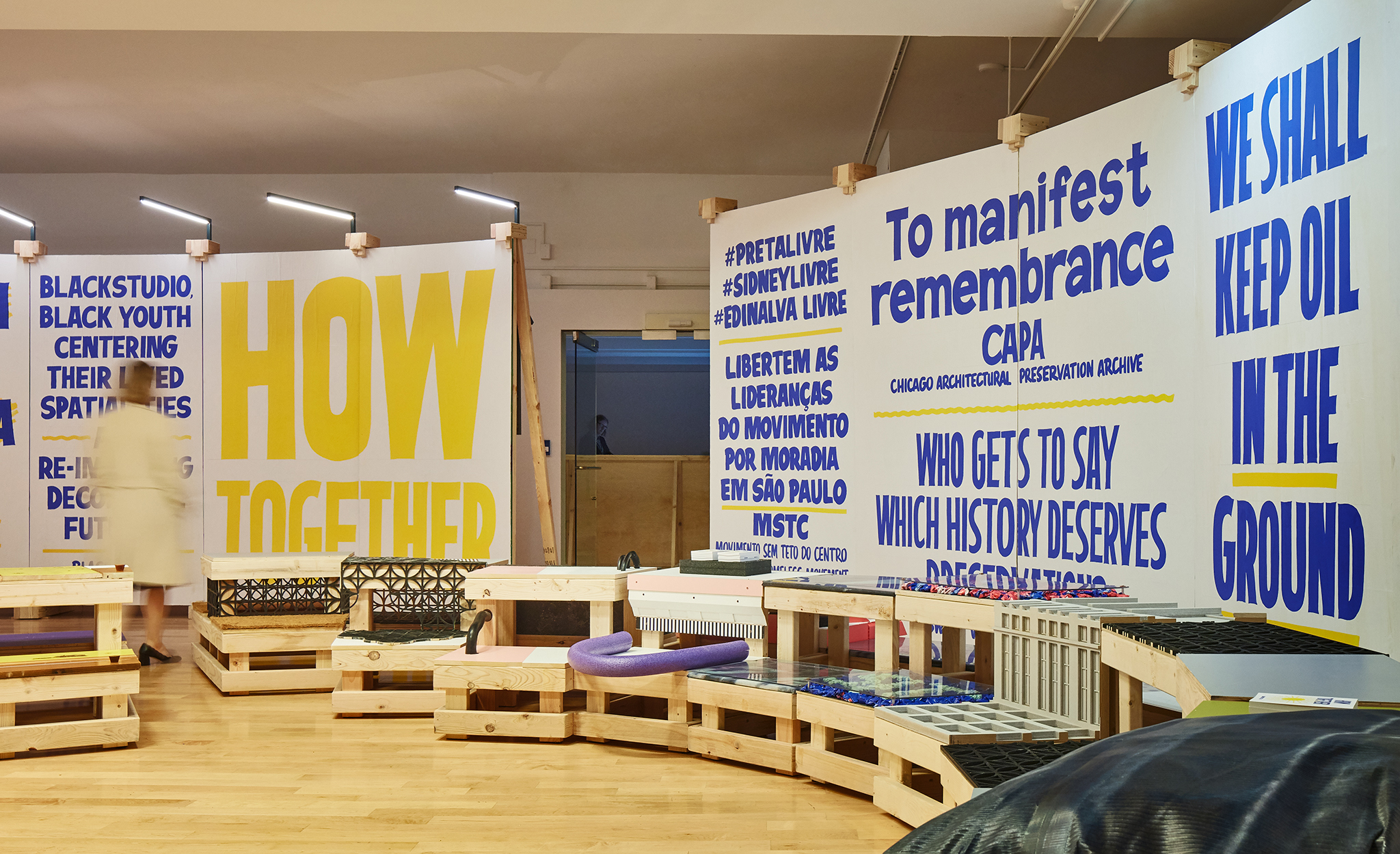
‘How Together'

‘Refugee Heritage' by Decolonizing Architecture Art Residency (DAAR)
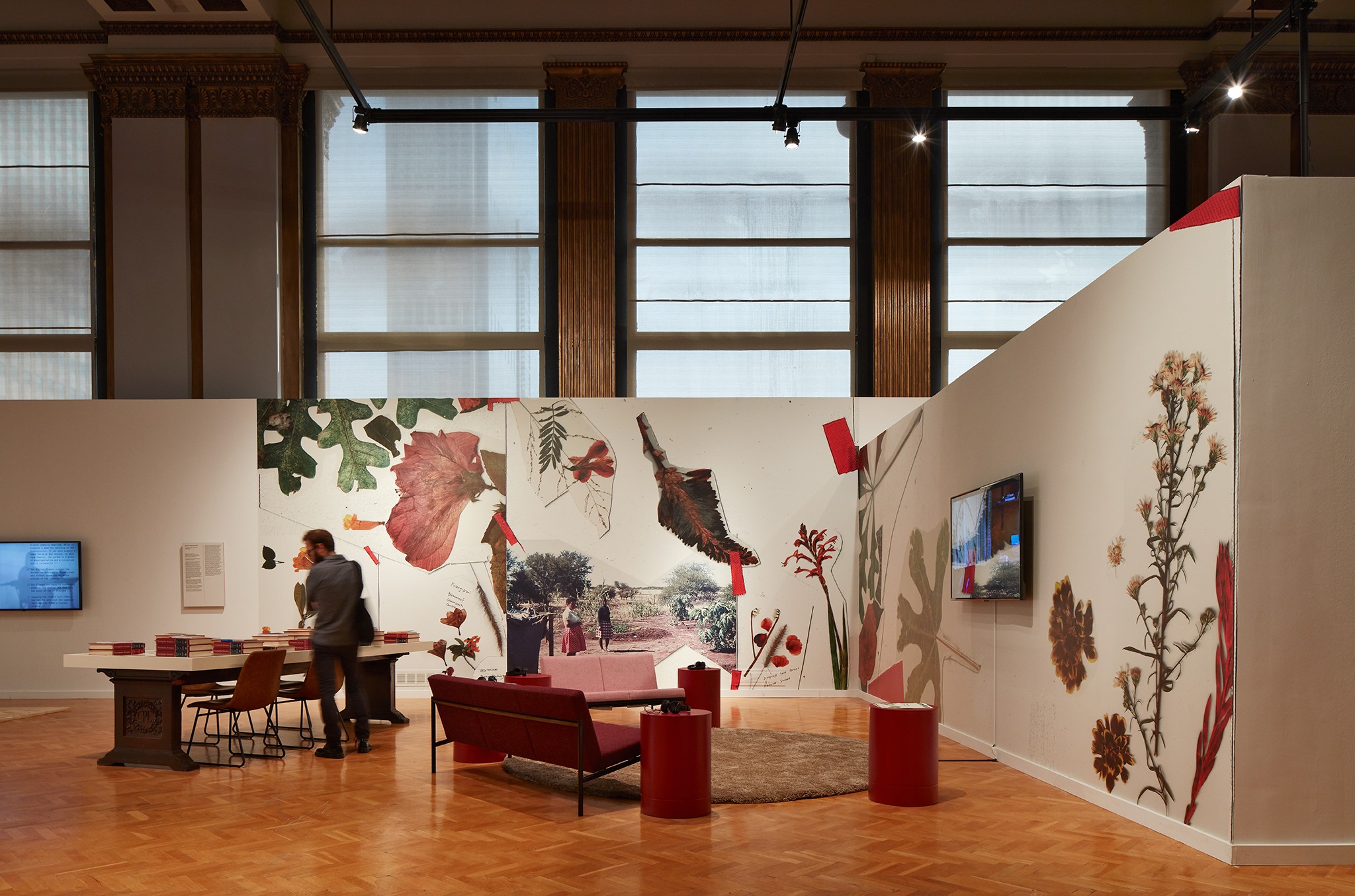
‘Summer Flowers'
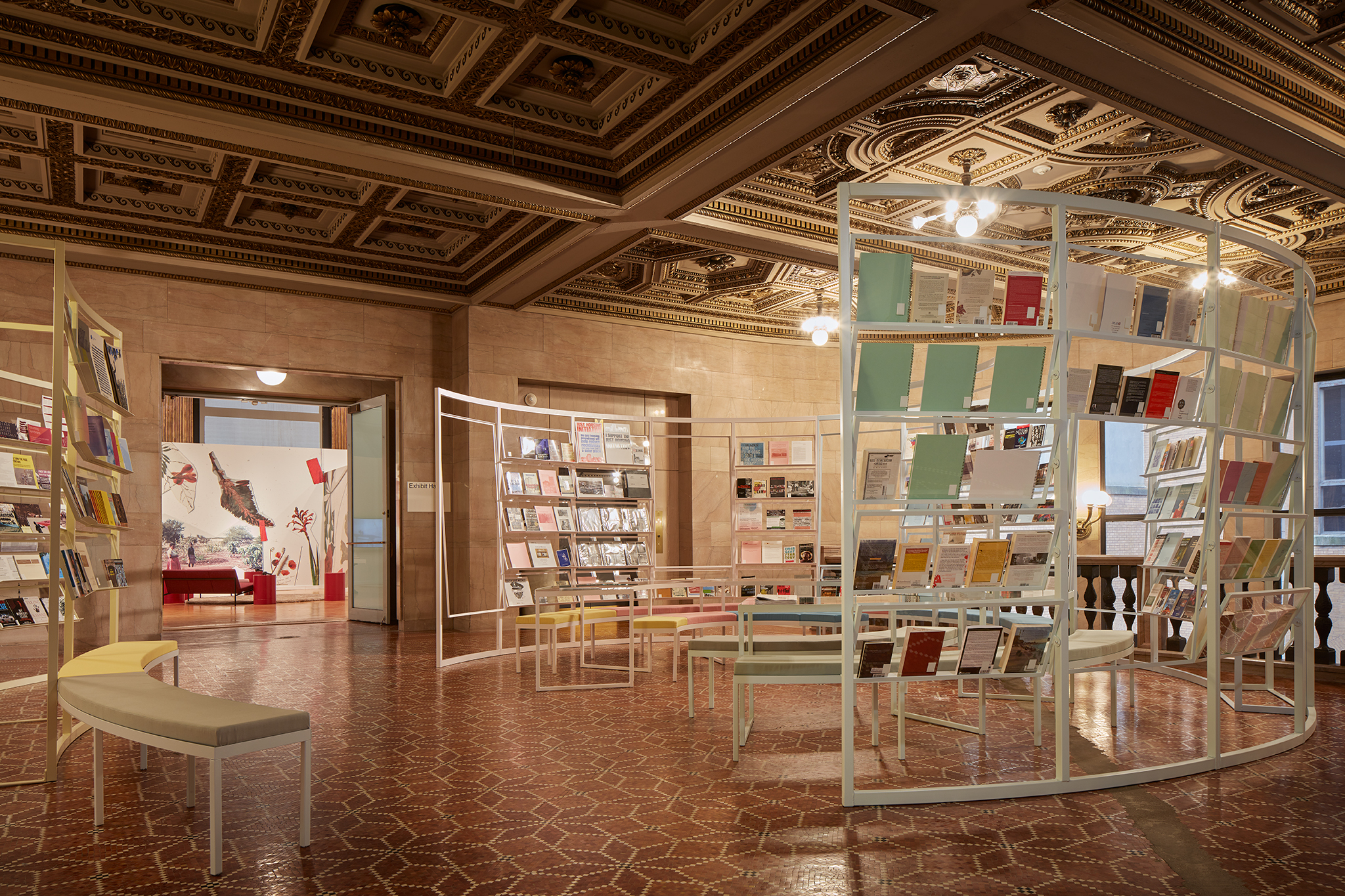
‘Anarchitectural Library (against the neoliberal erasure of Chicago’s common spaces)'
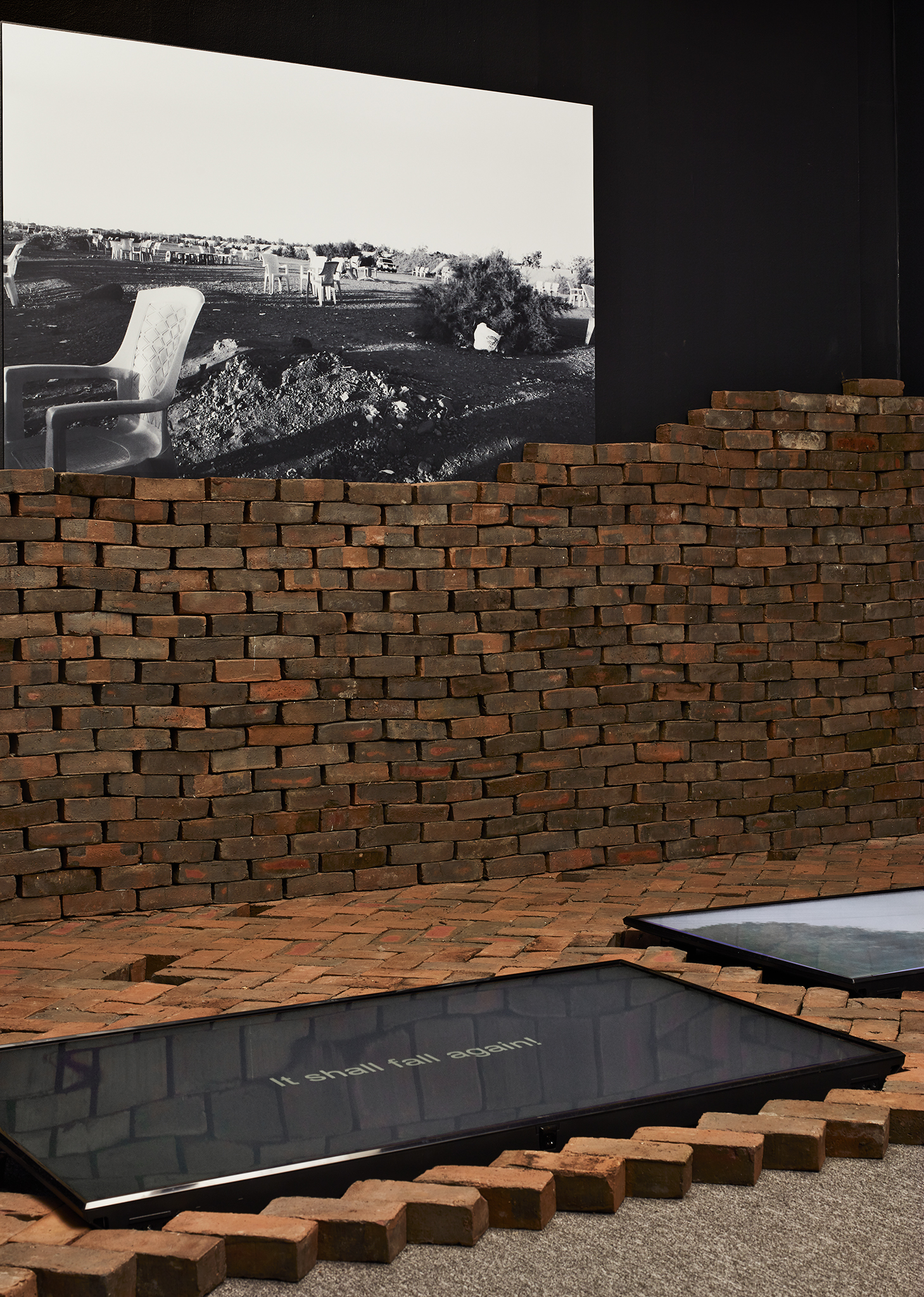
‘A Thought of the Outside,' by Ola Hassanain
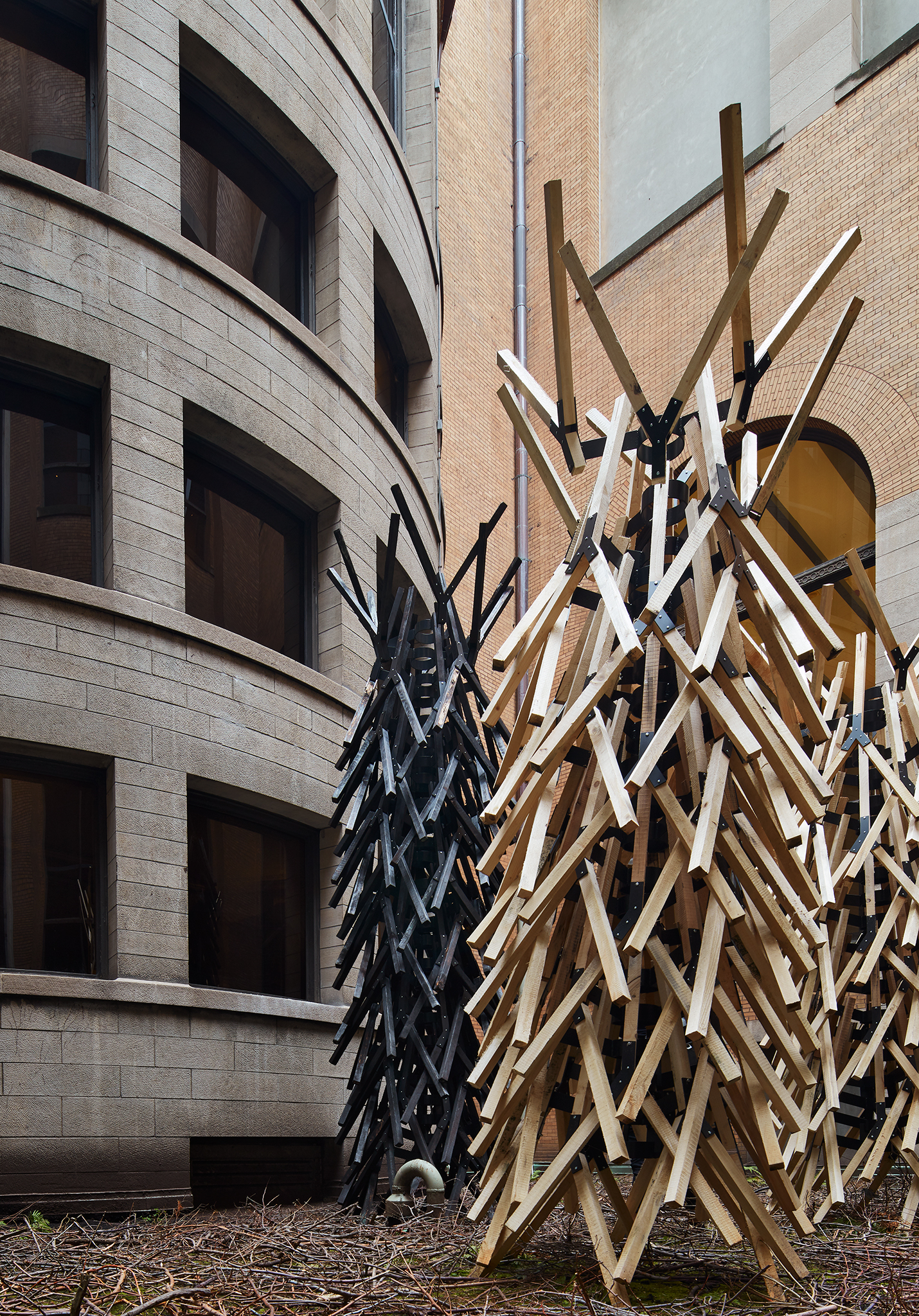
‘Three Trees: Jackson, Obama, Washington

‘Decolonizing the Chicago Cultural Center' by Settler ColonialCity Project & American Indian Center

‘Museum of Oil'

‘Marj and Prairie: Eating Our Histories' by Palestine Heirloom Seed Library
INFORMATION
chicagoarchitecturebiennial.org
Receive our daily digest of inspiration, escapism and design stories from around the world direct to your inbox.
-
 Supersedia’s chairs combine sculptural forms with emotional expressions
Supersedia’s chairs combine sculptural forms with emotional expressionsItalian design studio Supersedia, founded by Markus Töll, creates furniture where ‘every detail is shaped individually'
-
 Carolyn Bessette Kennedy and Maria Callas inspire Max Mara Atelier’s ‘determined and dynamic’ winter collection
Carolyn Bessette Kennedy and Maria Callas inspire Max Mara Atelier’s ‘determined and dynamic’ winter collectionThe house’s couture line is dedicated every season to a single garment – the coat. Here, designer Laura Lusuardi talks Wallpaper* through the collection
-
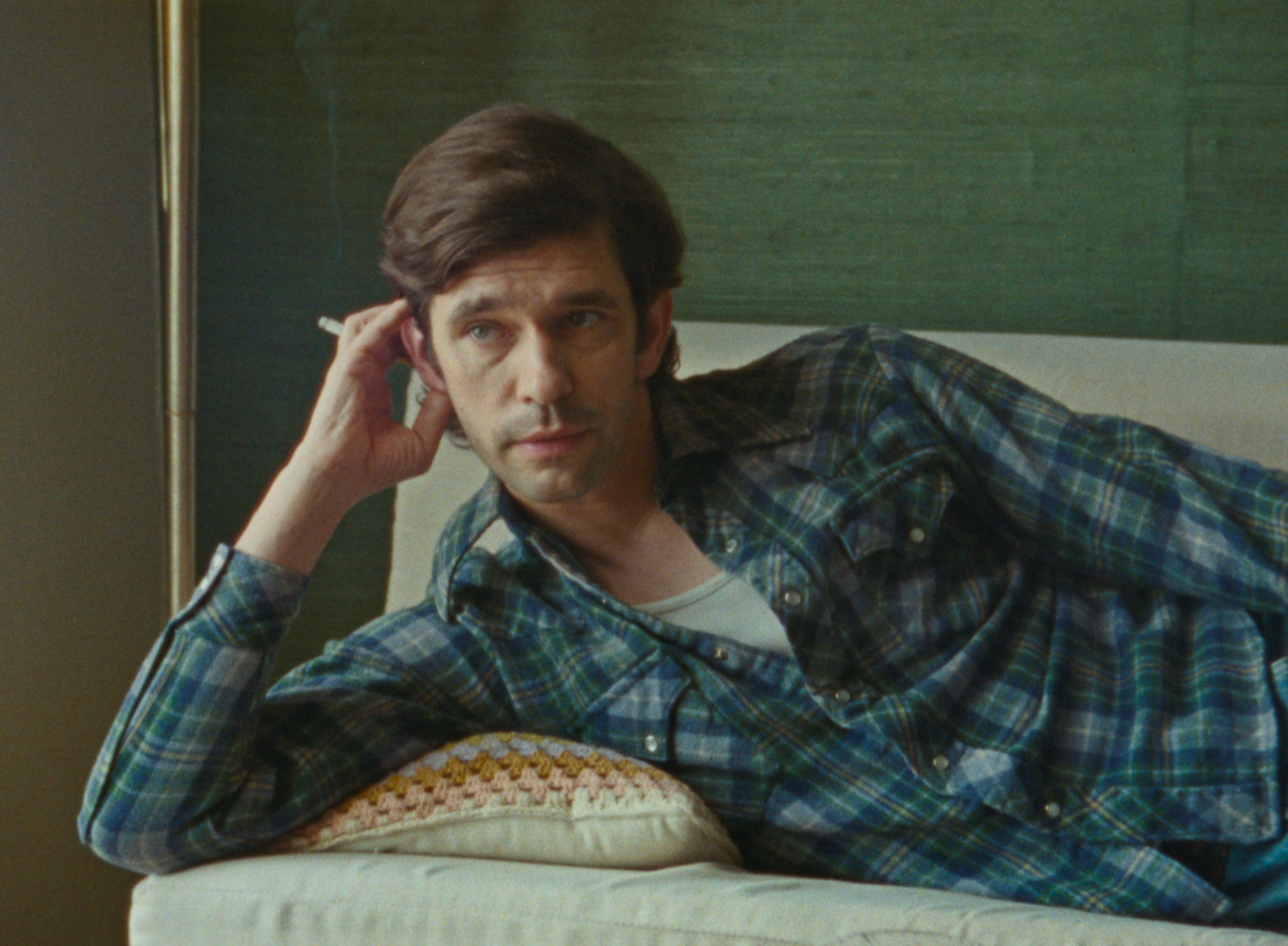 Can the film 'Peter Hujar's Day' capture the essence of the elusive artist?
Can the film 'Peter Hujar's Day' capture the essence of the elusive artist?Filmmaker Ira Sachs and actor Ben Whishaw bring Peter Hujar back to the front of the cultural consciousness
-
 Step inside this resilient, river-facing cabin for a life with ‘less stuff’
Step inside this resilient, river-facing cabin for a life with ‘less stuff’A tough little cabin designed by architects Wittman Estes, with a big view of the Pacific Northwest's Wenatchee River, is the perfect cosy retreat
-
 Remembering Robert A.M. Stern, an architect who discovered possibility in the past
Remembering Robert A.M. Stern, an architect who discovered possibility in the pastIt's easy to dismiss the late architect as a traditionalist. But Stern was, in fact, a design rebel whose buildings were as distinctly grand and buttoned-up as his chalk-striped suits
-
 Own an early John Lautner, perched in LA’s Echo Park hills
Own an early John Lautner, perched in LA’s Echo Park hillsThe restored and updated Jules Salkin Residence by John Lautner is a unique piece of Californian design heritage, an early private house by the Frank Lloyd Wright acolyte that points to his future iconic status
-
 The Stahl House – an icon of mid-century modernism – is for sale in Los Angeles
The Stahl House – an icon of mid-century modernism – is for sale in Los AngelesAfter 65 years in the hands of the same family, the home, also known as Case Study House #22, has been listed for $25 million
-
 Houston's Ismaili Centre is the most dazzling new building in America. Here's a look inside
Houston's Ismaili Centre is the most dazzling new building in America. Here's a look insideLondon-based architect Farshid Moussavi designed a new building open to all – and in the process, has created a gleaming new monument
-
 Frank Lloyd Wright’s Fountainhead will be opened to the public for the first time
Frank Lloyd Wright’s Fountainhead will be opened to the public for the first timeThe home, a defining example of the architect’s vision for American design, has been acquired by the Mississippi Museum of Art, which will open it to the public, giving visitors the chance to experience Frank Lloyd Wright’s genius firsthand
-
 Clad in terracotta, these new Williamsburg homes blend loft living and an organic feel
Clad in terracotta, these new Williamsburg homes blend loft living and an organic feelThe Williamsburg homes inside 103 Grand Street, designed by Brooklyn-based architects Of Possible, bring together elegant interiors and dramatic outdoor space in a slick, stacked volume
-
 This ethereal Miami residence sprouted out of a wild, jungle-like garden
This ethereal Miami residence sprouted out of a wild, jungle-like gardenA Miami couple tapped local firm Brillhart Architecture to design them a house that merged Florida vernacular, Paul Rudolph and 'too many plants to count’